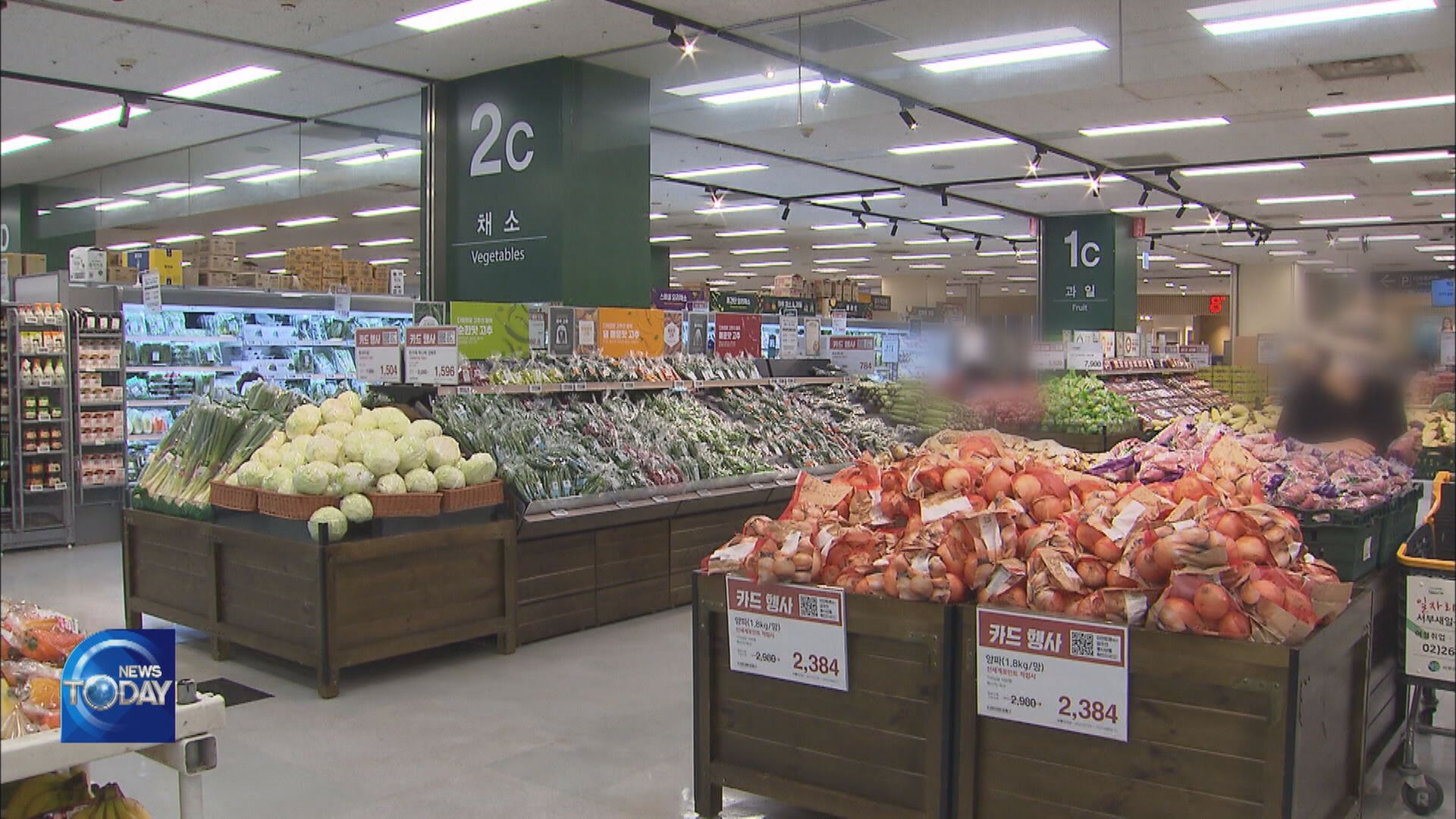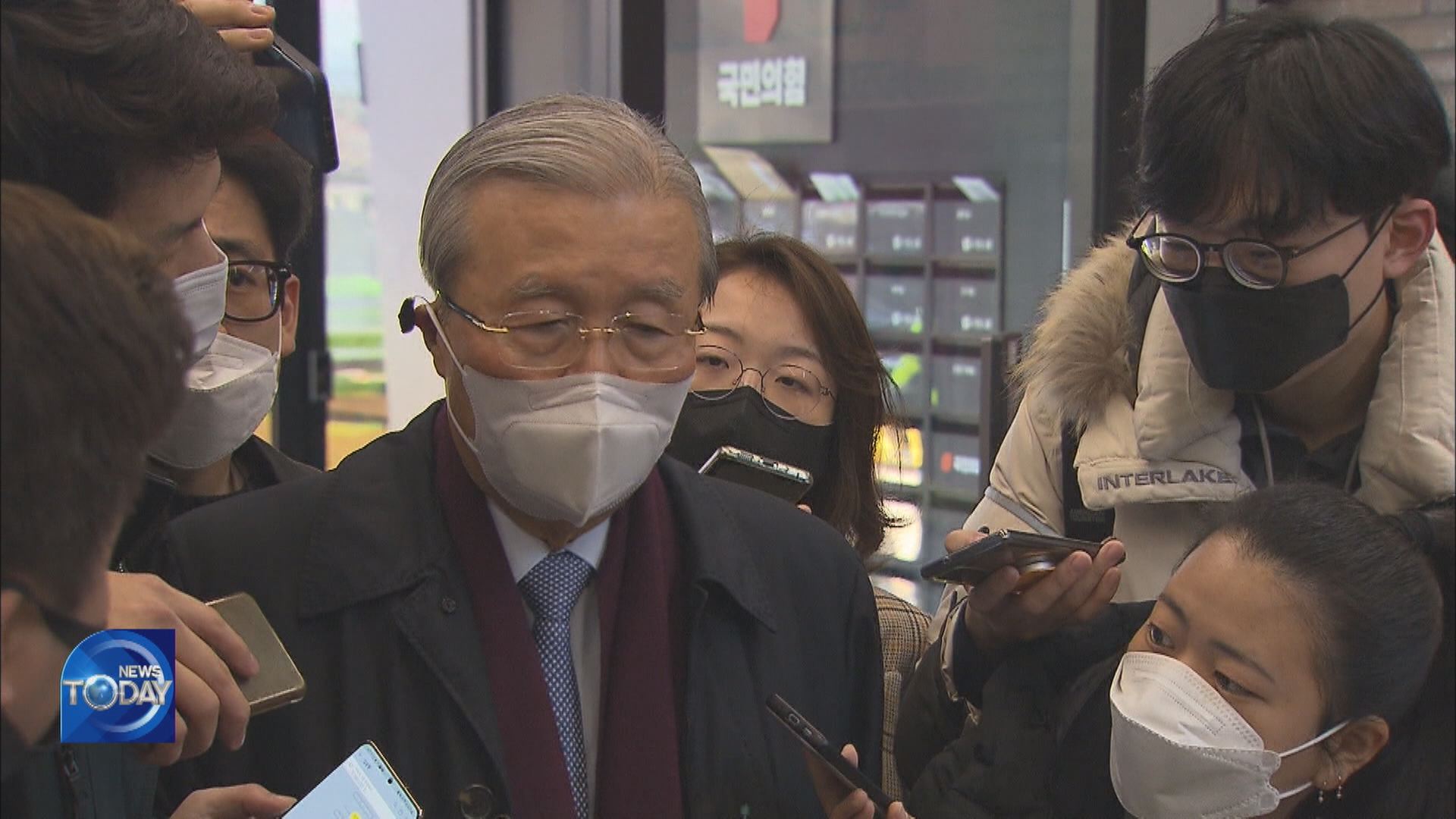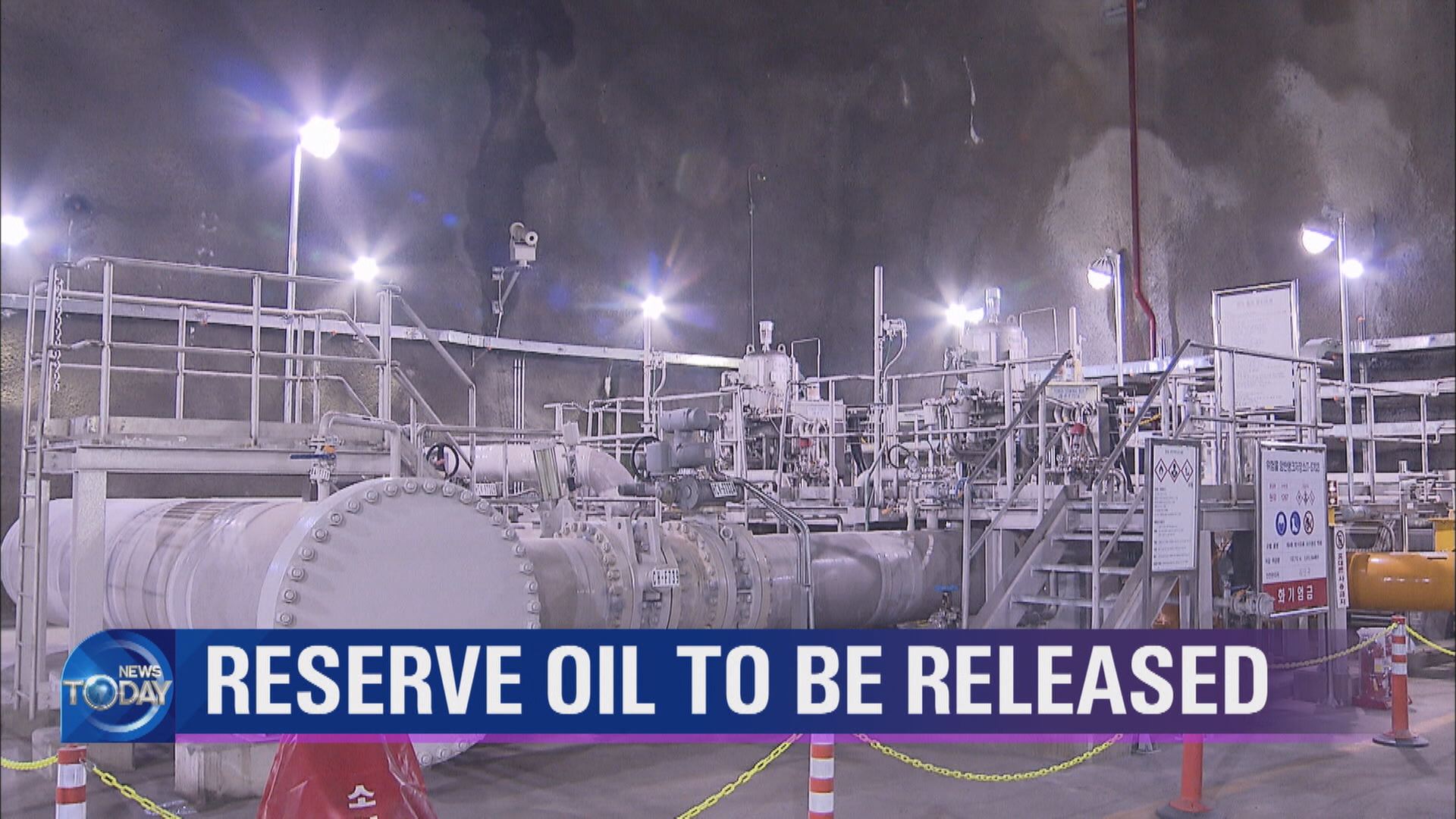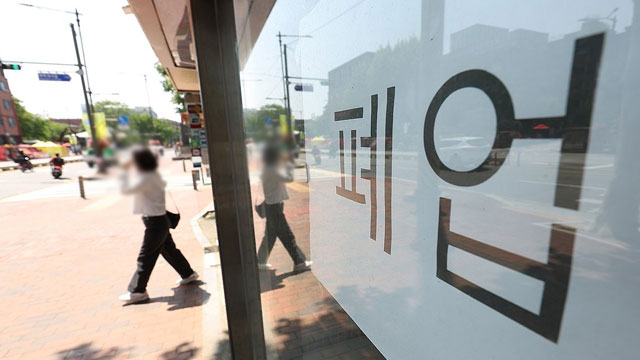CHANGES IN CONSUMER PRICE INDEX
입력 2021.12.23 (15:12)
수정 2021.12.23 (16:46)
읽어주기 기능은 크롬기반의
브라우저에서만 사용하실 수 있습니다.
[Anchor Lead]
The criteria for consumer price index have changed for the first time in five years. The items consumed more frequently now were added while those purchased less were removed, resulting in an inflation rate a little higher than the one announced before. However, people still pointed out that the inflation rate doesn't accurately reflect what consumers actually pay.
[Pkg]
Face masks have remained an essential item for nearly two years. Buying in bulk has become the norm since people have to wear at least one mask a day.
[Soundbite] Kang Su-jin(Seoul Resident) : "It’s become a routine like putting on makeup. I buy them in bulks, like three boxes of 100 masks each."
Statistics Korea changed the inflation assessment items for the first time in five years in order to incorporate new consumption patterns to inflation rate adjustment. Fourteen new or highly consumed items were added. Those items include masks as well as dishwashers, dryers, and electric vehicles that have grown popular recently. In contrast, thirteen items were removed. Coal briquettes or ties which people buy less of now were excluded as well as school lunch fees and school uniforms that don’t need to be surveyed because of the expansion of free education. Weighed value of each item also went through some changes. Weighed values for jeonse cost, online contents fees, and health supplements were increased while that of overseas travel made difficult due to the pandemic was lowered. The changes produced a new cumulative inflation rate of 2.4% by November. Statistics Korea said that the higher inflation rate shows the real consumer prices more accurately. Despite the increase, the projected inflation rate still seems lower than what consumers actually spend. This is largely because the cost of home ownership, which takes up about 60% of residential expenses, was again left out from this year’s data.
[Soundbite] Chon So-ra(Researcher, Korea Development Institute) : "If housing issues grow, consumers are more likely to feel that they are spending more on home ownership. For this reason, the U.S. includes home ownership cost in inflation tabulation and the European Central Bank has also decided to do so."
Statistics Korea said they will be cautious as adding widely fluctuating home ownership cost to the inflation index could cause confusion since consumer prices are linked to pension, wages, and other economic indicators.
The criteria for consumer price index have changed for the first time in five years. The items consumed more frequently now were added while those purchased less were removed, resulting in an inflation rate a little higher than the one announced before. However, people still pointed out that the inflation rate doesn't accurately reflect what consumers actually pay.
[Pkg]
Face masks have remained an essential item for nearly two years. Buying in bulk has become the norm since people have to wear at least one mask a day.
[Soundbite] Kang Su-jin(Seoul Resident) : "It’s become a routine like putting on makeup. I buy them in bulks, like three boxes of 100 masks each."
Statistics Korea changed the inflation assessment items for the first time in five years in order to incorporate new consumption patterns to inflation rate adjustment. Fourteen new or highly consumed items were added. Those items include masks as well as dishwashers, dryers, and electric vehicles that have grown popular recently. In contrast, thirteen items were removed. Coal briquettes or ties which people buy less of now were excluded as well as school lunch fees and school uniforms that don’t need to be surveyed because of the expansion of free education. Weighed value of each item also went through some changes. Weighed values for jeonse cost, online contents fees, and health supplements were increased while that of overseas travel made difficult due to the pandemic was lowered. The changes produced a new cumulative inflation rate of 2.4% by November. Statistics Korea said that the higher inflation rate shows the real consumer prices more accurately. Despite the increase, the projected inflation rate still seems lower than what consumers actually spend. This is largely because the cost of home ownership, which takes up about 60% of residential expenses, was again left out from this year’s data.
[Soundbite] Chon So-ra(Researcher, Korea Development Institute) : "If housing issues grow, consumers are more likely to feel that they are spending more on home ownership. For this reason, the U.S. includes home ownership cost in inflation tabulation and the European Central Bank has also decided to do so."
Statistics Korea said they will be cautious as adding widely fluctuating home ownership cost to the inflation index could cause confusion since consumer prices are linked to pension, wages, and other economic indicators.
■ 제보하기
▷ 카카오톡 : 'KBS제보' 검색, 채널 추가
▷ 전화 : 02-781-1234, 4444
▷ 이메일 : kbs1234@kbs.co.kr
▷ 유튜브, 네이버, 카카오에서도 KBS뉴스를 구독해주세요!
- CHANGES IN CONSUMER PRICE INDEX
-
- 입력 2021-12-23 15:12:59
- 수정2021-12-23 16:46:34

[Anchor Lead]
The criteria for consumer price index have changed for the first time in five years. The items consumed more frequently now were added while those purchased less were removed, resulting in an inflation rate a little higher than the one announced before. However, people still pointed out that the inflation rate doesn't accurately reflect what consumers actually pay.
[Pkg]
Face masks have remained an essential item for nearly two years. Buying in bulk has become the norm since people have to wear at least one mask a day.
[Soundbite] Kang Su-jin(Seoul Resident) : "It’s become a routine like putting on makeup. I buy them in bulks, like three boxes of 100 masks each."
Statistics Korea changed the inflation assessment items for the first time in five years in order to incorporate new consumption patterns to inflation rate adjustment. Fourteen new or highly consumed items were added. Those items include masks as well as dishwashers, dryers, and electric vehicles that have grown popular recently. In contrast, thirteen items were removed. Coal briquettes or ties which people buy less of now were excluded as well as school lunch fees and school uniforms that don’t need to be surveyed because of the expansion of free education. Weighed value of each item also went through some changes. Weighed values for jeonse cost, online contents fees, and health supplements were increased while that of overseas travel made difficult due to the pandemic was lowered. The changes produced a new cumulative inflation rate of 2.4% by November. Statistics Korea said that the higher inflation rate shows the real consumer prices more accurately. Despite the increase, the projected inflation rate still seems lower than what consumers actually spend. This is largely because the cost of home ownership, which takes up about 60% of residential expenses, was again left out from this year’s data.
[Soundbite] Chon So-ra(Researcher, Korea Development Institute) : "If housing issues grow, consumers are more likely to feel that they are spending more on home ownership. For this reason, the U.S. includes home ownership cost in inflation tabulation and the European Central Bank has also decided to do so."
Statistics Korea said they will be cautious as adding widely fluctuating home ownership cost to the inflation index could cause confusion since consumer prices are linked to pension, wages, and other economic indicators.
The criteria for consumer price index have changed for the first time in five years. The items consumed more frequently now were added while those purchased less were removed, resulting in an inflation rate a little higher than the one announced before. However, people still pointed out that the inflation rate doesn't accurately reflect what consumers actually pay.
[Pkg]
Face masks have remained an essential item for nearly two years. Buying in bulk has become the norm since people have to wear at least one mask a day.
[Soundbite] Kang Su-jin(Seoul Resident) : "It’s become a routine like putting on makeup. I buy them in bulks, like three boxes of 100 masks each."
Statistics Korea changed the inflation assessment items for the first time in five years in order to incorporate new consumption patterns to inflation rate adjustment. Fourteen new or highly consumed items were added. Those items include masks as well as dishwashers, dryers, and electric vehicles that have grown popular recently. In contrast, thirteen items were removed. Coal briquettes or ties which people buy less of now were excluded as well as school lunch fees and school uniforms that don’t need to be surveyed because of the expansion of free education. Weighed value of each item also went through some changes. Weighed values for jeonse cost, online contents fees, and health supplements were increased while that of overseas travel made difficult due to the pandemic was lowered. The changes produced a new cumulative inflation rate of 2.4% by November. Statistics Korea said that the higher inflation rate shows the real consumer prices more accurately. Despite the increase, the projected inflation rate still seems lower than what consumers actually spend. This is largely because the cost of home ownership, which takes up about 60% of residential expenses, was again left out from this year’s data.
[Soundbite] Chon So-ra(Researcher, Korea Development Institute) : "If housing issues grow, consumers are more likely to feel that they are spending more on home ownership. For this reason, the U.S. includes home ownership cost in inflation tabulation and the European Central Bank has also decided to do so."
Statistics Korea said they will be cautious as adding widely fluctuating home ownership cost to the inflation index could cause confusion since consumer prices are linked to pension, wages, and other economic indicators.
이 기사가 좋으셨다면
-
좋아요
0
-
응원해요
0
-
후속 원해요
0

















이 기사에 대한 의견을 남겨주세요.